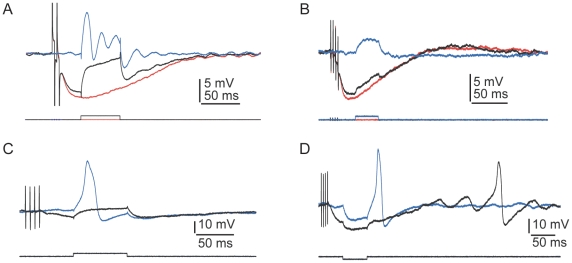Figure 3. Physiological characteristics of hair cells and electrophysiological effects of efferent stimulation.
A, In response to a depolarizing current pulse (lower trace), electrical resonance (blue trace) was eliminated by a preceding train of efferent stimuli (black trace). The red trace shows the postsynaptic potential in the absence of a current pulse (average of ten presentations, one compartment, 4 mM-Ca2+ saline, resting potential −57 mV). B, In response to a depolarizing current pulse (lower trace), the membrane resistance was reduced by a preceding train of efferent stimuli (black upper trace). The blue trace depicts the control situation with no efferent stimulation; the red trace shows the control situation with no depolarizing current pulse (one compartment, 4 mM-Ca2+ saline, resting potential −53 mV). C, A preceding train of efferent stimulation prevented the occurrence of an action potential in response to a depolarizing current pulse (one compartment, 4 mM-Ca2+ saline, resting potential −57 mV). D, Efferent stimulation blocked rebound spikes and modulated the timing of spontaneous oscillation in the membrane potential (one compartment, 4 mM-Ca2+ saline, resting potential −50 mV).

